Flowing through the centre of Paris, the Seine River is at the heart of the city. It’s crossed by many historic bridges including the Pont National (National Bridge) which first opened to traffic in 1852. In 2011, the city decided to extend a tram line across the bridge and to add a new five-metre wide pedestrian footbridge to the existing structure. Designed by architect Christian Devillers, the footbridge is a slim box-girder construction made from heavy plate produced by ArcelorMittal Europe – Flat Products.
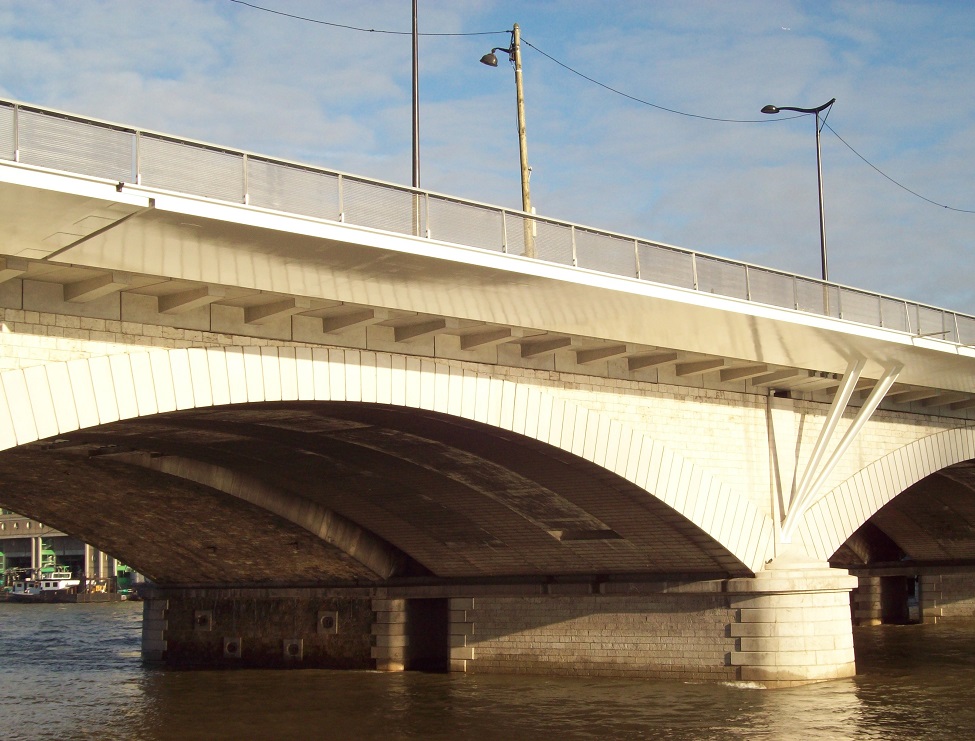
The S355 grade heavy plates were manufactured at ArcelorMittal Asturias (Gijón, Spain) before being shipped to Victor Buyck Steel Construction. As the architect had chosen a specific paint with high gloss and reflectivity, the smoothness and surface finish of the plates had to be of the highest quality. ArcelorMittal was able to produce the plates to the specification required, resulting in a highly reflective painted finish which dapples light onto the bridge structure.
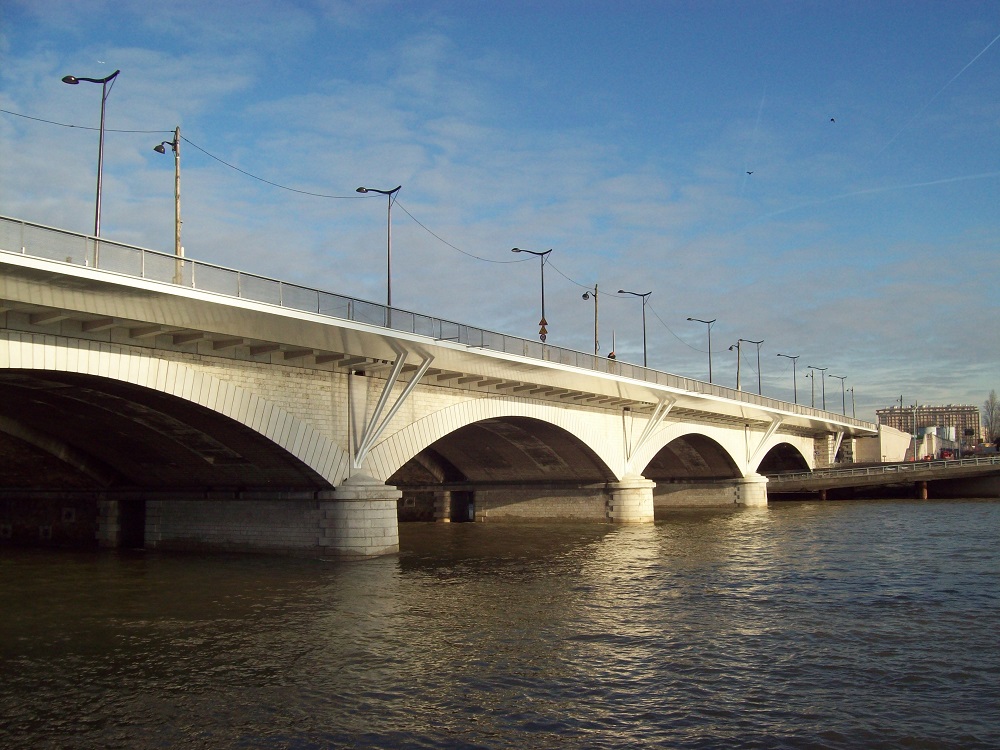
Steel used in bridge construction in France must pass a series of rigorous tests before it can be utilised. These tests are in addition to those prescribed in the relevant European standards. For example, all plates had to pass ultrasonic tests to guarantee their internal soundness. Specific mechanical tests were also performed on a sample of the steel used.
The steel supplier must meet French standards and be accredited by AFNOR, the national testing authority. ArcelorMittal’s mill in Gijón is one of the mills in Europe that possesses this certification and is an approved supplier of most structural grades up to 80 mm.
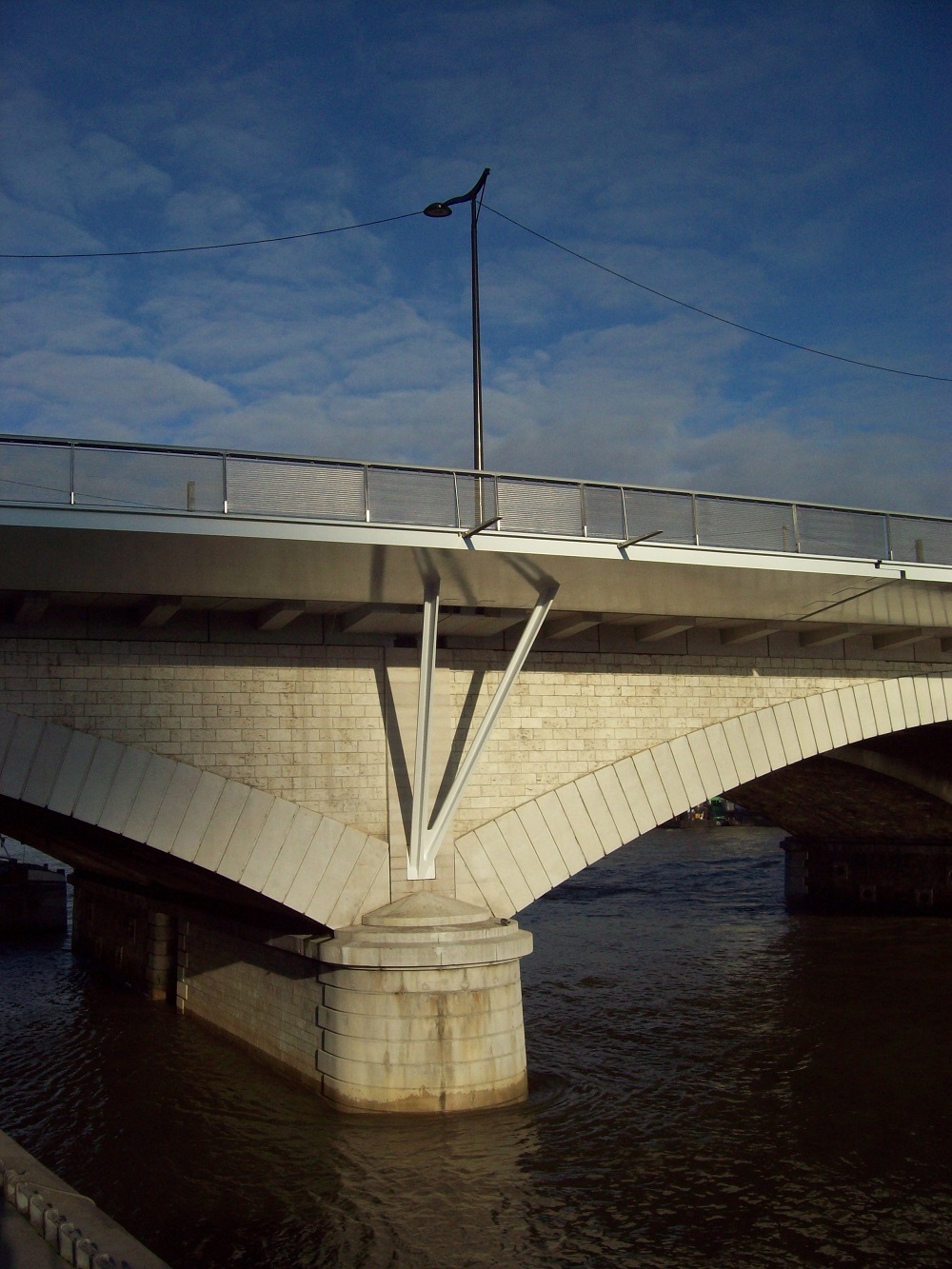
Sections of the new footbridge were delivered to the site by barge and truck. Telescopic cranes positioned on the existing bridge lifted the prefabricated sections into place. A special support structure for the footbridge was utilised during the assembly phase and then disassembled using the same cranes.
The footbridge is held in place by V-shaped posts which are attached to the existing bridge foundations. The result is an elegant footbridge which stretches for 260 metres across the Seine, and which seems to blend naturally into the existing structure.
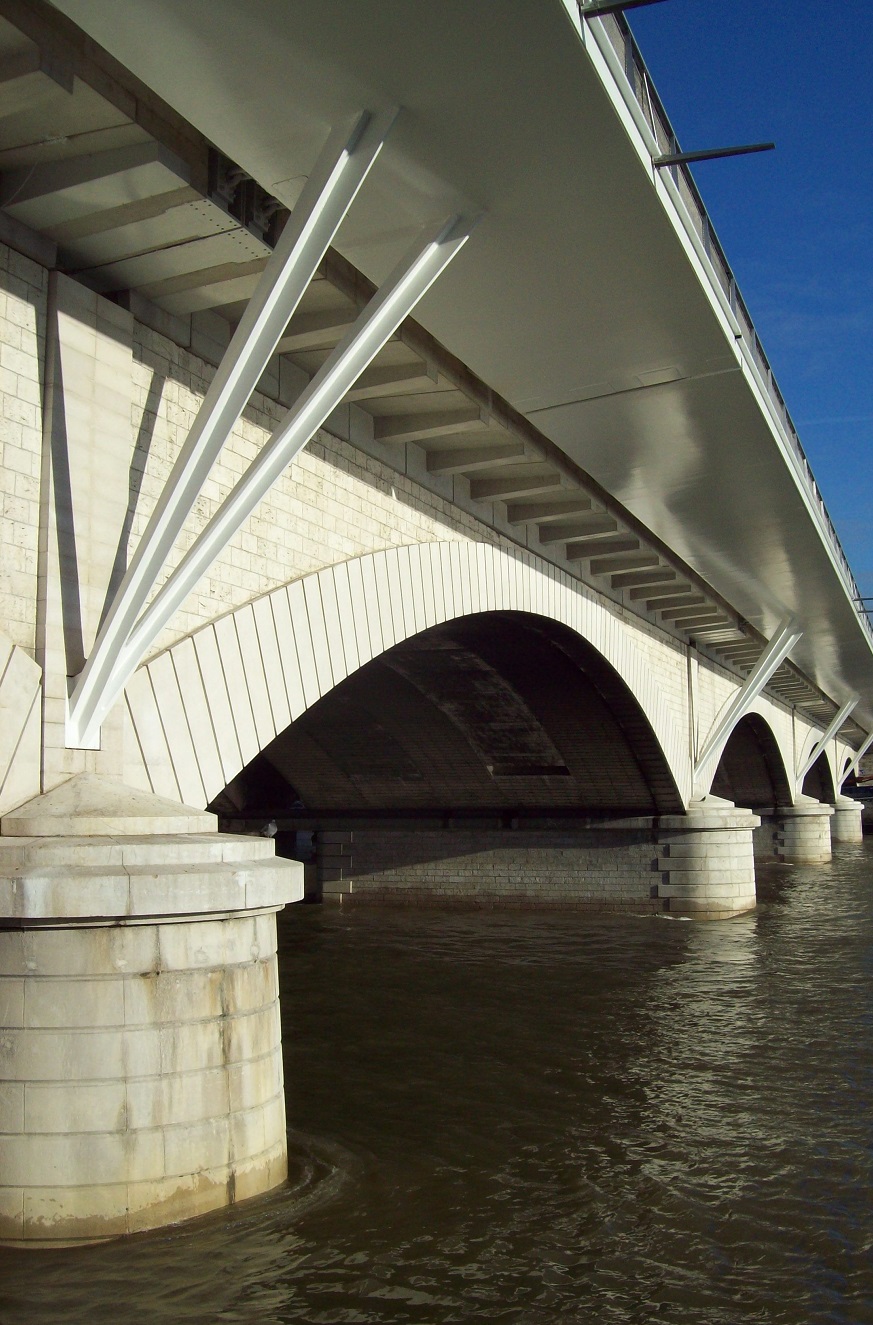
Architect:
Devillers and Associates
Contractor:
Bouygues Construction
Steel fabricator:
Victor Buyck Steel Construction
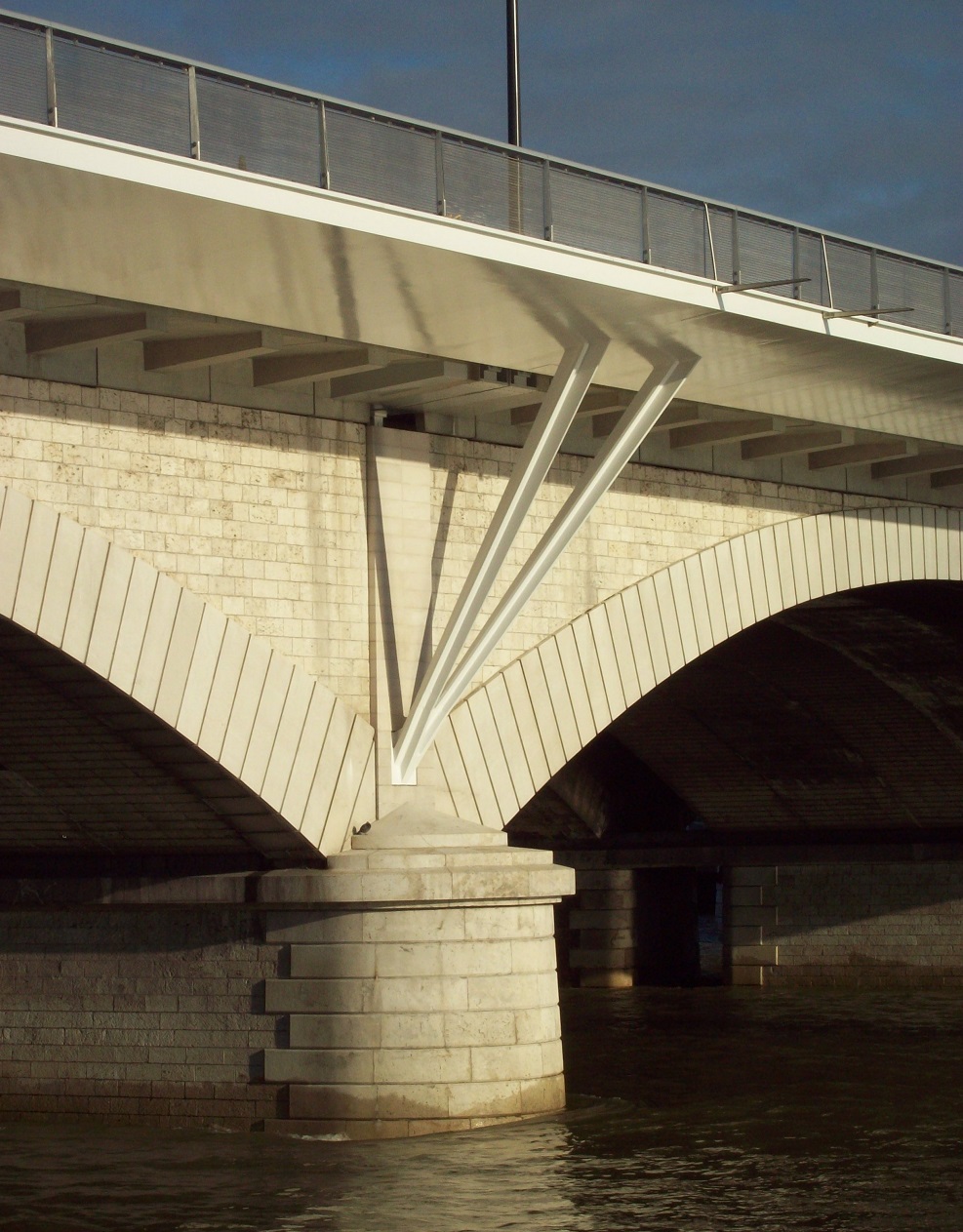
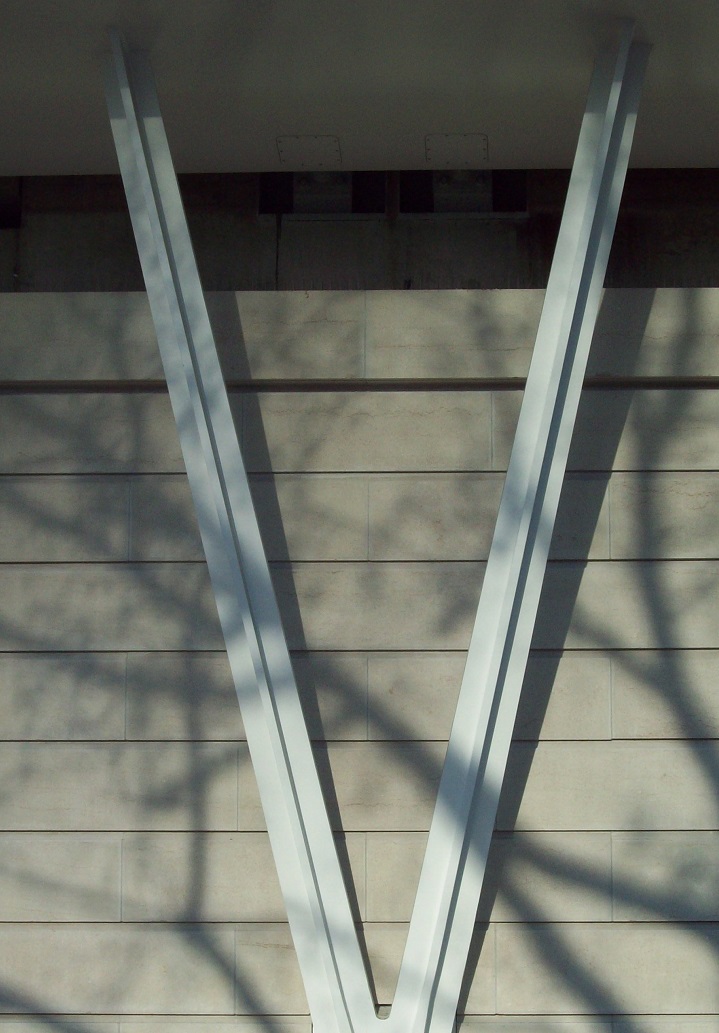


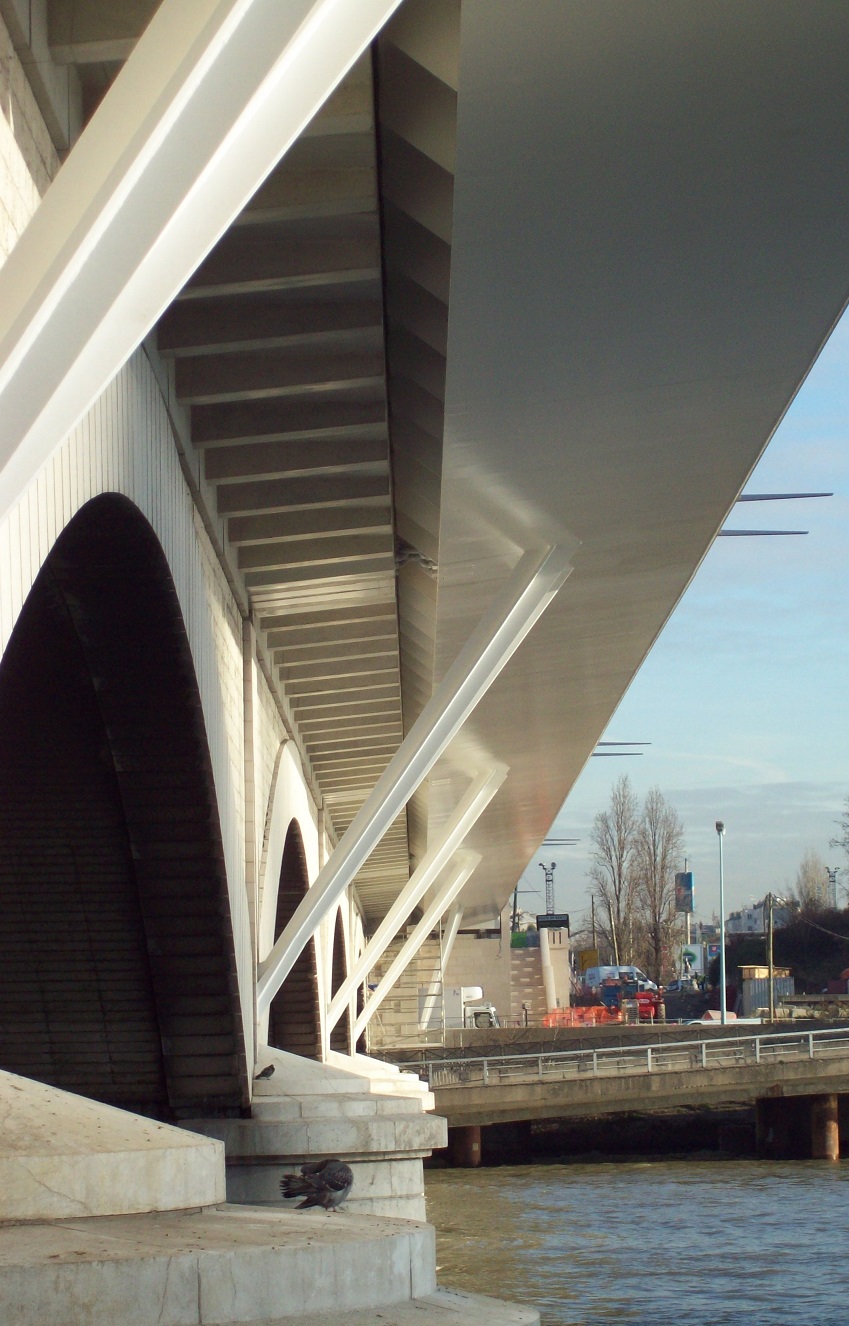
Source text: Constructalia
Copyright images: Victor Buyck Steel Construction